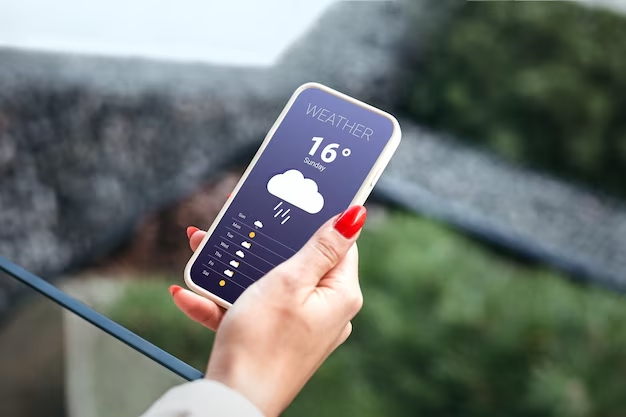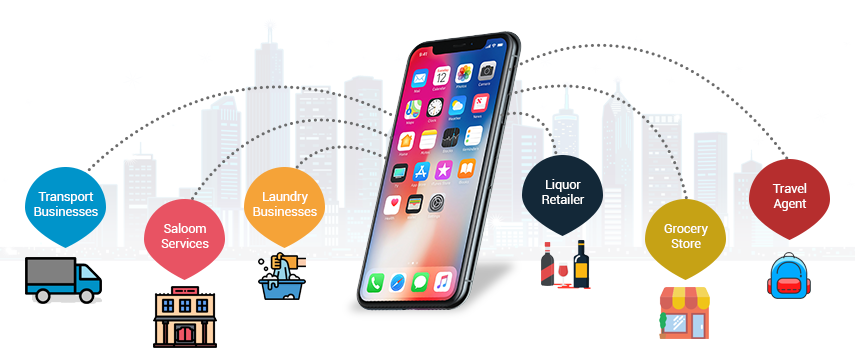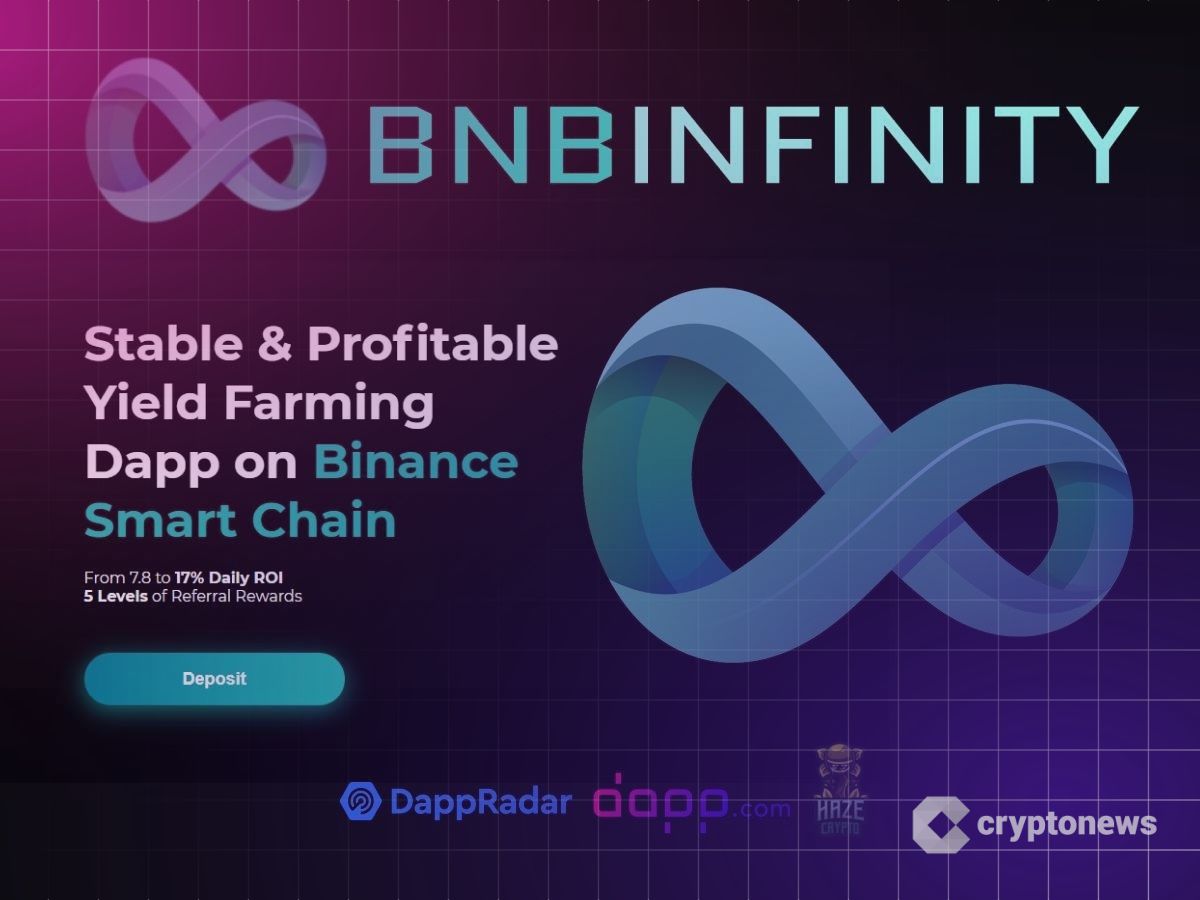In a rapidly evolving digital ecosystem, real-time data has become the backbone of modern applications. Among the most critical forms of real-time data, weather information stands out—often dictating safety, logistics, infrastructure operations, and even business continuity. For developers, integrating an alert API for weather conditions isn’t just about enhancing app functionality—it’s about ensuring real-time, data-driven safety measures.
If you’re building applications that rely on accurate meteorological insights, consider using a reliable solution like weatherstack to seamlessly integrate weather alerts into your ecosystem.
Why Real-Time Weather Alerts Matter
From transportation and logistics platforms to agritech and outdoor event planning apps, real-time weather alerts provide invaluable foresight. An abrupt thunderstorm, unexpected snowfall, or sudden heatwave can have profound effects on operations and user safety.
For software developers and SaaS platforms, weather alerts are no longer just “nice-to-have” features—they’re becoming essential components of a proactive and user-first tech stack.
Key Applications of Weather Alert APIs:
- Fleet management systems to reroute vehicles in response to hazardous weather.
- Travel and hospitality apps offering personalized notifications.
- Agricultural platforms helping farmers make timely decisions.
- Construction and fieldwork monitoring tools ensuring workforce safety.
What Is an Alert API for Weather Conditions?
An alert API for weather conditions is a programmable interface that allows developers to integrate real-time severe weather alerts into their software systems. Unlike traditional weather data endpoints, an alert API focuses on triggering notifications when specific conditions are forecasted or observed—such as high wind speeds, flood warnings, or extreme temperatures.
By leveraging a reliable weather API, developers gain access to geolocation-specific warnings issued by meteorological services and institutions such as:
- National Oceanic and Atmospheric Administration (NOAA)
- European Centre for Medium-Range Weather Forecasts (ECMWF)
- The Weather Prediction Center (WPC)
These alerts, when delivered via APIs, can be seamlessly embedded into applications, dashboards, or automated workflows.
Benefits of Integrating a Weather Alert API
1. Proactive Decision-Making
Real-time alerts empower businesses and end-users to act before conditions deteriorate, reducing risks and minimizing disruptions.
2. Enhanced User Experience
Timely notifications about inclement weather can increase engagement and trust among users, positioning your app as a proactive and user-centric solution.
3. Automation for Safety Protocols
Whether it’s sending a push notification or triggering a system-wide protocol (e.g., pausing drone deliveries), the weather API can serve as a vital automation trigger.
4. Scalability and Flexibility
Modern reliable weather APIs like those offered by weatherstack support a wide array of programming languages and platforms—allowing developers to scale effortlessly.
📌 Mid-content CTA: Looking to empower your application with precise, real-time alerts? Try seamless integration with weatherstack for efficient weather intelligence.
How Developers Can Implement a Weather Alert API
Integration typically involves calling an HTTP endpoint, parsing JSON responses, and leveraging alert parameters such as:
- Alert Type (e.g., Flood, Wind, Storm)
- Severity Level
- Effective Time Window
- Affected Locations
- Descriptive Message
Here’s a simplified example in JavaScript:
You can also use webhook integrations to trigger alerts asynchronously—ideal for microservices architecture or notification-heavy platforms.
Industry Use Cases: Real-World Applications
1. Supply Chain Management
Companies like Maersk and FedEx use weather intelligence to make data-driven decisions about shipping routes and schedules.
2. Smart Cities and IoT
With weather sensors and alert APIs, municipalities can automate traffic controls, lighting systems, or public safety announcements.
3. Insurance and Risk Assessment
Insurance firms use weather APIs for real-time risk analysis, claim predictions, and fraud prevention.
4. Energy Management Systems
Power grids and renewable energy platforms adjust operations based on weather conditions to optimize performance.
For more implementation strategies, refer to:
- WMO – World Meteorological Organization
- National Weather Service – Weather Alerts
- Open Geospatial Consortium (OGC) Standards for Weather Data
- UNDRR – United Nations Office for Disaster Risk Reduction
Choosing the Right Weather Alert API: What to Look For
When evaluating a reliable weather API, developers should consider the following criteria:
● Accuracy and Source of Alerts
Ensure that the API aggregates alerts from credible meteorological institutions and regional services.
● Granularity and Coverage
Does it provide hyperlocal alerts or just regional notifications? Consider the needs of your user base.
● Update Frequency
Real-time alerts are only effective if updated frequently. Look for APIs that refresh data multiple times per hour.
● Customization Options
Can you filter by severity level, alert type, or region? A flexible API is crucial for tailored user experiences.
● Developer Support and Documentation
Robust, well-documented APIs with community forums or SDKs help speed up integration and reduce friction.
FAQs: Weather Alert APIs for Developers
1. What’s the difference between a weather API and an alert API?
A weather API provides real-time weather conditions, forecasts, and historical data. An alert API, on the other hand, focuses on broadcasting critical weather warnings and advisories in real-time.
2. Can I integrate alert APIs with mobile apps and IoT devices?
Yes. Most modern APIs, including those from weatherstack, are platform-agnostic and easily integrable into mobile apps, IoT sensors, and web applications.
3. Are weather alert APIs accurate across all regions?
That depends on the provider’s data sources. Choose a reliable weather API that partners with regional weather bureaus and global institutions for the most comprehensive coverage.
4. How often are alerts updated in an alert API?
It varies by provider, but many APIs refresh data every 10–15 minutes. Ensure you check the update frequency when evaluating providers.
5. Do I need a premium subscription for real-time alerts?
While some services offer basic alerts on free tiers, advanced features such as webhook integrations or hyperlocal forecasting often require a premium plan.
Final Thoughts
In an era where real-time data is synonymous with operational efficiency and user safety, integrating a weather alert API is no longer optional—it’s essential. From logistics and agriculture to smart city infrastructure, the need for reliable, timely weather alerts continues to grow.
For developers and SaaS platforms, a reliable weather API offers the flexibility, scalability, and data granularity needed to build resilient and intelligent applications. Whether you’re developing a transportation app, building an IoT ecosystem, or launching a smart alert system, ensure your tech stack includes a robust alert API for weather conditions.
📌 Final CTA: Explore seamless weather alert integration with weatherstack today and start building smarter, safer applications—powered by real-time meteorological intelligence.



